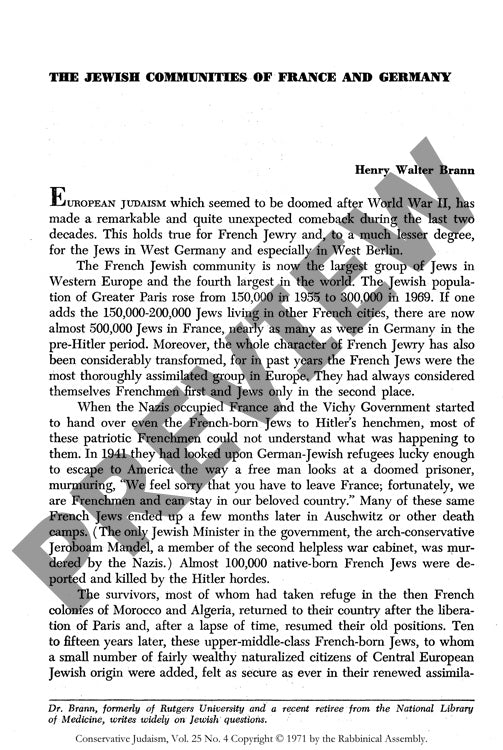Jewish Communities France Germany
Couldn't load pickup availability
The remarkable revival of Jewish communities in post-Holocaust France and West Germany defied expectations, yet followed starkly different trajectories. French Jewry emerged as Western Europe's largest Jewish population, expanding from 150,000 in Greater Paris (1955) to 300,000 (1969), ranking fourth globally. Drawing from demographic surveys, Jewish Consistory records, and comparative institutional analysis, this research documents a fundamental transformation in French Jewish identity driven by Sephardic immigration from North Africa. These newcomers, now comprising approximately 95% of Greater Paris's Jewish population, catalyzed unprecedented religious revitalization: synagogue membership surged from 4,000 to 14,000, places of worship multiplied from seventeen to numerous locations, and kosher butcher shops increased seven-fold from ten to seventy. While numerically modest at 27,000 members (including 6,000 in West Berlin), West Germany's Jewish community demonstrated remarkable institutional vitality through new synagogue construction, educational initiatives, and youth organizations. The contrasting paths of these communities reveal two models of post-war Jewish renewal: France's demographic renaissance versus Germany's organizational resilience despite population constraints.

More Information
-
Physical Description
-
Publication Information
Published 1971
ISBN
-
Publication Credits

